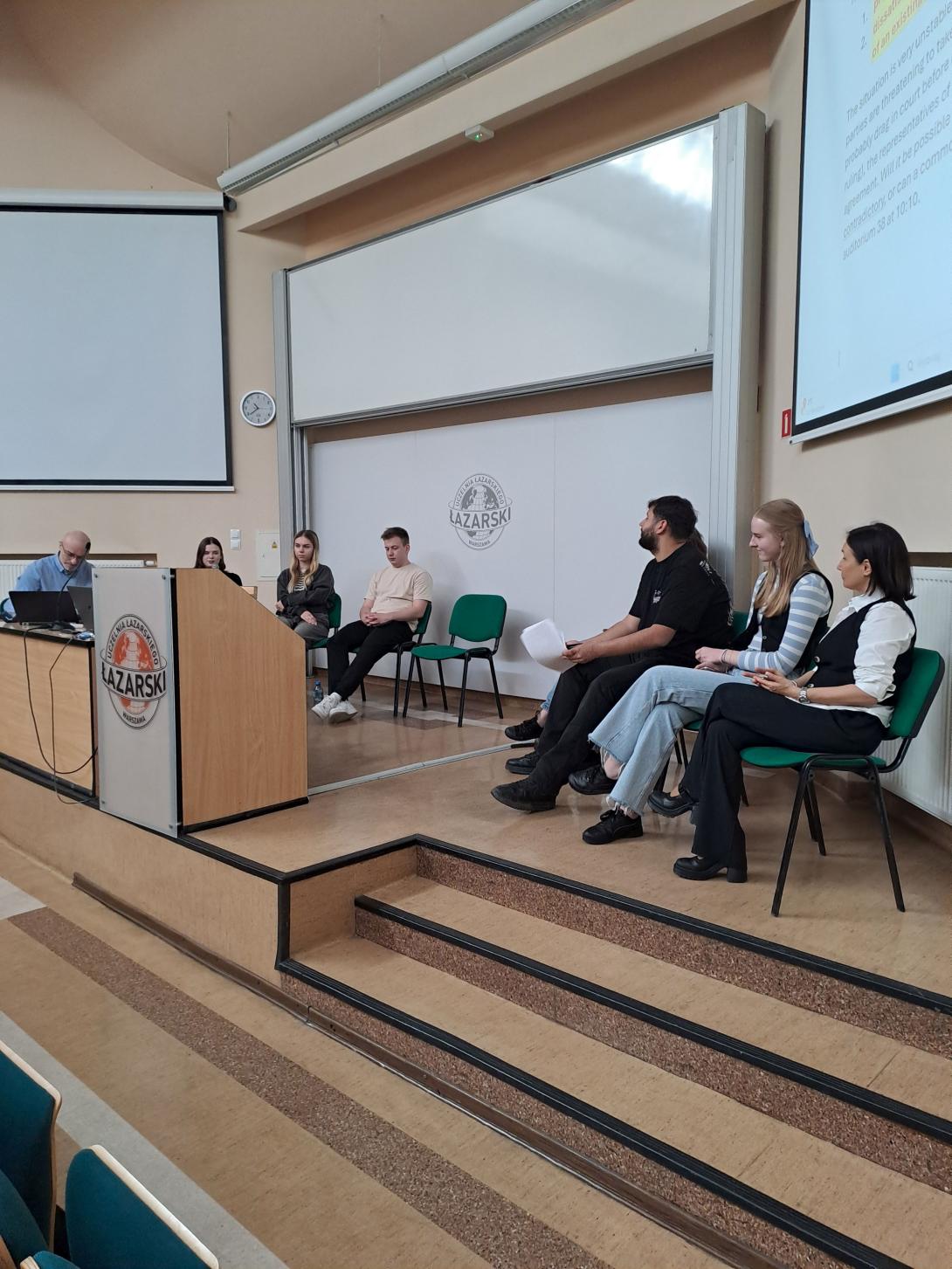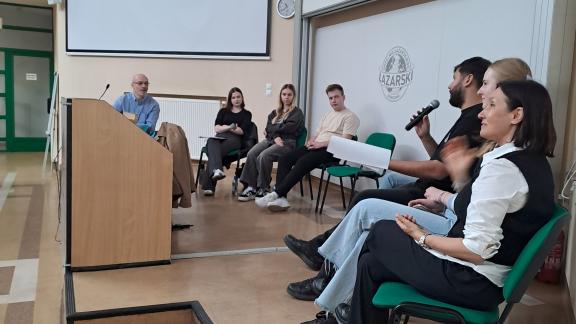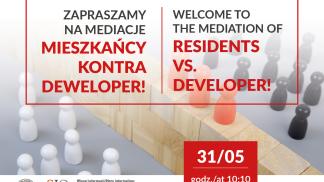The situation was very delicate, because the conflict escalated to such an extent that both parties considered taking the case to court. However, the prospect of lengthy procedures, high legal costs, and endless appeals prompted the parties to meet in order to reach a compromise. Despite significant differences in positions, during our mediation, an agreement was reached after just one and a half hours of talks.
First case: unwanted new apartment block
Residents in the neighbourhood of the planned investment were concerned about the deterioration of living conditions due to the new building shading their apartments. They also drew attention to the expected increase in car traffic and the negative effects of gentrification – including the increase in rents and living costs resulting from the influx of wealthier tenants.
Developers tried to dispel residents' concerns by assuring that the new structure would not block access to natural light, and that its modern design and façade colours would have a positive impact on the aesthetics of the area. Communication issues were referred to the city traffic management office to develop appropriate plans. In order to increase the safety and comfort of all residents – both current and future – it was agreed that the building would be covered by protection security company. The developer also committed to creating a playground for children and preserving green spaces. It was emphasized that the investment would contribute to the increase in property values and stimulate the local economy thanks to the appearance of new shops and services.
Second case: legal status issues and rent payments
In relation to the existing apartment building, residents indicated the lack of a clearly defined legal status of the premises and fluctuating rent payments. Many of them felt disoriented by the prolonged formal processes, which led to increasing legal and financial problems.
The developers explained that the delays were partly due to the actions of some demanding tenants, but also to changing legal regulations and the economic situation. In order to solve these problems, they committed to hiring an external law firm to finalize the formal issues - with a set deadline. Additionally, the parties agreed to establish a joint committee to monitor and determine the amount of rent payments.
Summary
We can only hope that in a real situation, the parties to the conflict will reach an agreement as efficiently and beneficially as they did during our mediations. Looking forward to the next meetings!









